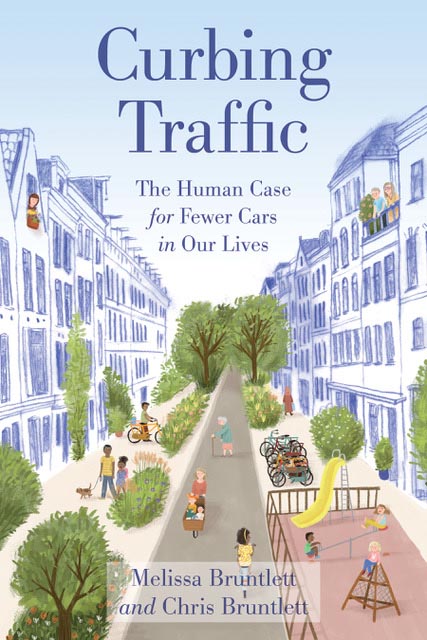What do you think?
Rate this book


240 pages, Paperback
First published June 29, 2021
......Sharing its cycle paths with the proverbial 'other', including men woman and children of Turkish, Moroccan and Ethiopian descent - allowed to get out of our social and spatial bubble...The text gets more and more bizarre.
...On a smaller scale, this is already happening with ride-hailing services, such as Uber and Lyft, gradually diminishing our capacity to trust, and willingness to get out of our way to help one another...?????
...This starts to explain the rise of populism in the UK and USA (and its failure to largely gain traction in the Netherlands)..Very premature comments.